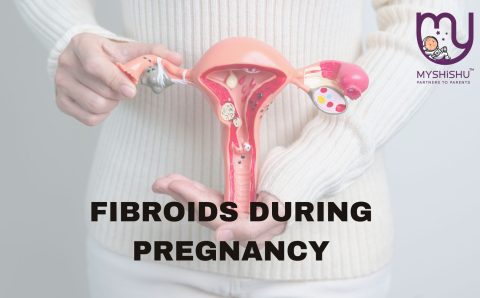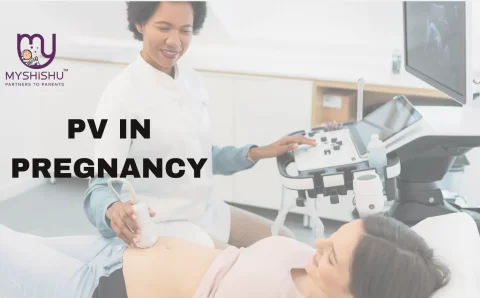What Is Pv In Pregnancy
March 13, 2024 2024-03-13 11:28What Is Pv In Pregnancy
Introduction
Pregnancy is a beautiful experience, but it can also come with its fair share of challenges. One particular condition that many pregnant women may experience is placenta previa (PV). This condition can be concerning for expecting mothers, so it’s important to understand what PV is and how it can impact a pregnancy. In this blog post, we will delve into the details of PV in pregnancy, including its causes, symptoms, diagnosis, and treatment options.
What Is PV in Pregnancy?
Placenta previa is a condition in which the placenta implants low in the uterus and either partially or completely covers the cervix. This can lead to complications during pregnancy, as the placenta may be blocking the baby’s exit route, making it difficult for the baby to be born vaginally. There are three main types of placenta previa: marginal, partial, and complete. Marginal placenta previa occurs when the placenta is near but not covering the cervix, while partial previa involves the placenta partially covering the cervix. Complete placenta previa occurs when the placenta completely covers the cervix.
Causes of PV
The exact cause of placenta previa is unknown, but there are several risk factors that may increase the likelihood of developing this condition. These risk factors include a history of placenta previa in a previous pregnancy, having multiple pregnancies, being over the age of 35, smoking, and having undergone a previous cesarean section.
Symptoms of PV
Placenta previa may not always present with noticeable symptoms, but some women may experience vaginal bleeding, especially in the second or third trimester of pregnancy. This bleeding is often painless and can range from spotting to heavy bleeding. It’s crucial for pregnant women who experience any amount of vaginal bleeding to contact their healthcare provider immediately to determine the cause and receive appropriate care.
Diagnosis of PV
Placenta previa is typically diagnosed during a routine ultrasound examination. If a healthcare provider suspects placenta previa based on a woman’s symptoms, they may recommend an ultrasound to confirm the diagnosis. In some cases, additional imaging tests may be necessary to determine the exact location of the placenta and assess the risk to both the mother and baby.
Treatment Options
The management of placenta previa will depend on the type and severity of the condition, as well as the gestational age of the fetus. In cases where placenta previa is diagnosed early in pregnancy and is not causing significant bleeding or other complications, close monitoring may be all that is required. However, if the placenta previa is causing bleeding or other complications, it may be necessary to deliver the baby early via cesarean section to ensure the safety of both the mother and baby.
Conclusion
Placenta previa is a serious condition that can impact a pregnancy, but with timely diagnosis and appropriate management, most women with placenta previa can have a successful outcome. It’s essential for pregnant women to be aware of the risk factors for placenta previa and to seek prompt medical attention if they experience any symptoms, such as vaginal bleeding. By working closely with their healthcare provider, women with placenta previa can receive the care they need to ensure a healthy pregnancy and delivery.
Parenthood Just Got A Whole Lot Easier!
Ready To Transform Your Parenting Experience?
Recent News & Articles
The latest news from Myshishu








